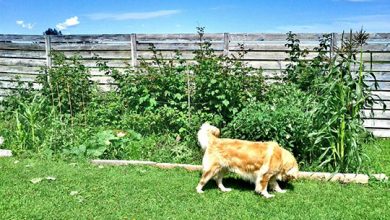Protect plants from pests, learn how to do it
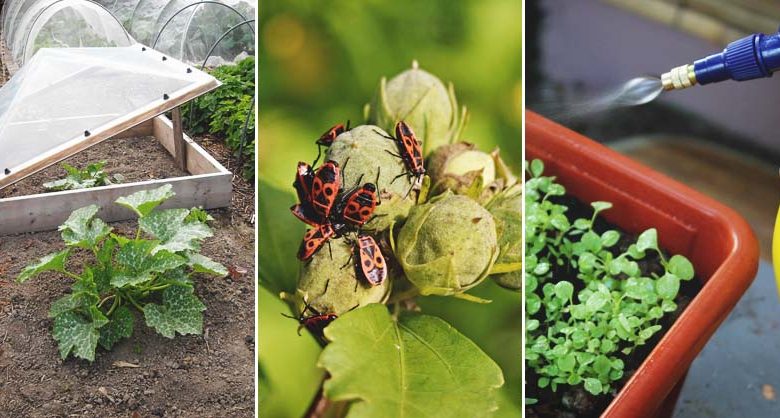
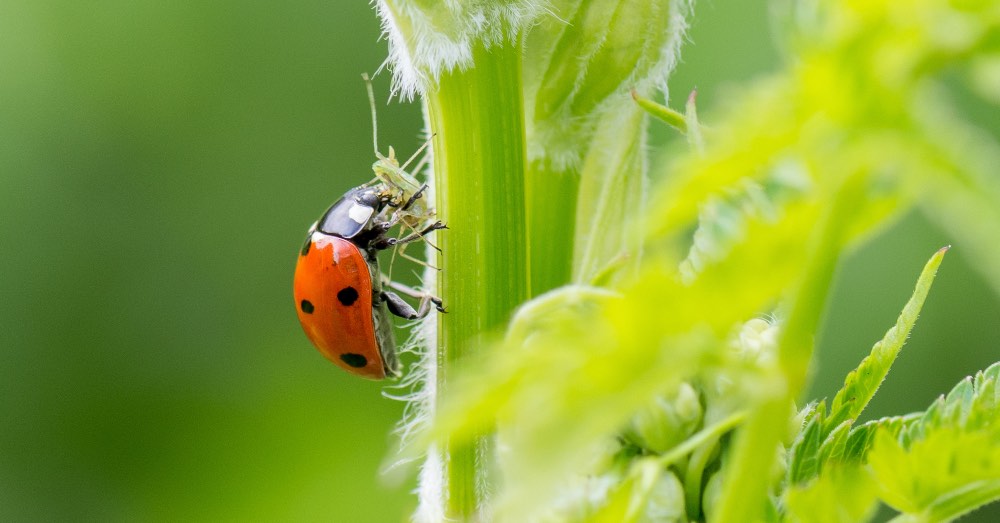
Protecting plants from pests is the great workhorse of gardening lovers, especially with the arrival of spring and summer. Two seasons in which, as a result of the greater number of hours of sunshine and the increase in temperature, not only humans and plants come alive: so do insects. A fact that responds to the natural cycle of life but that we can overcome if we know how to protect our plants from pests.
Usually, we consider how to eliminate pests from the garden or from our indoor plants when these unwelcome visitors have already made an appearance. A time when eradicating them becomes a priority, mainly because their existence can even put the life of our plants at risk. However, citing the proverb, prevention is better than cure. And it is that avoiding the appearance of pests in plants is possible if we pay attention to some simple tips.
A way to safeguard our nature from these enemies but, above all, to ensure the well-being of both our outdoor plants and indoor plants. And it is that, although we think that those who live inside the house are oblivious to this type of danger, nothing is further from reality.
HOW TO PROTECT PLANTS FROM PESTS
Let’s start by clarifying a fundamental aspect to protect plants from pests. We usually focus this effort on the warm months of the year without considering that, although they are the most compromised time, it is not the only one in which our plants can suffer. And not only outside the home: being subjected to artificial growing conditions, indoor plants are particularly susceptible to pests also during the cold months. In fact, it is more than usual to have to consider how to eliminate the fly from the substrate or how to fight the red spider: two of the usual pests in the plants that we enjoy indoors.
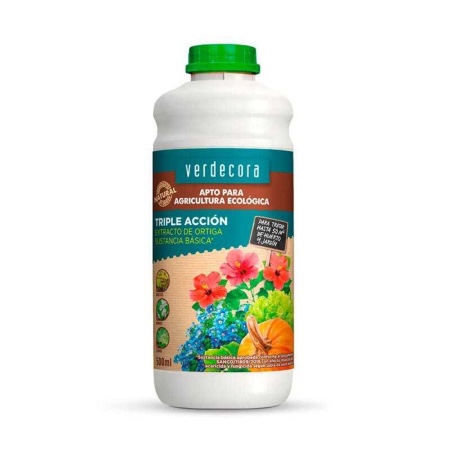
Beyond being cautious during all the months of the year, there is a vital aspect to protect plants from pests. And it is that, more than finding out what the signs of plant diseases are, it is crucial to know in detail the specific cultivation needs of each of our plants. Giving a plant the light, water, substrate or fertilizer it needs, without excesses or defects, is synonymous with having a healthy plant. And, although we can do it only for the enjoyment it entails, this well-being is the best shield that exists to avoid pests in plants. If it is healthy, its ability to resist any attack will be greater.
Taking all this into account, let’s see what else we should consider to keep pests at bay and fully enjoy them.
1. Keep your pots up to date and eliminate weeds, the starting point to improve protection
Keeping our plants clean is the first barrier to the appearance of pests. If we have them in pots, it is essential to rigorously remove all those leaves, stems and flowers that are in poor condition. But not only from the plant: also from the surface of the substrate. In this way, we will be preventing pests from finding a place to take refuge.
Also, when it comes to outdoor plants, knowing how to eradicate weeds should become a real priority. And not only because they are unattractive plants that disfigure the whole. If this task is so important, it is because these weeds or adventitious plants are a true magnet for pests, as well as being thieves of such important resources as water, nutrients or light.
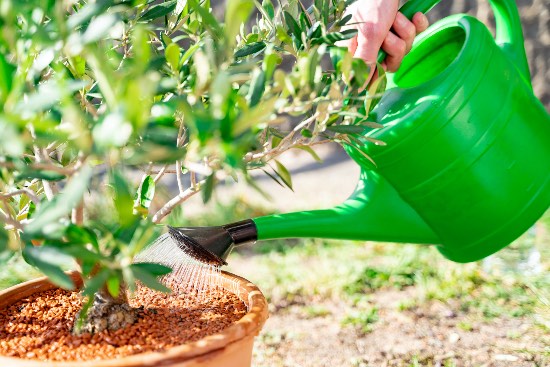
2. Water correctly, a detail that helps avoid pests in plants
Inadequate watering is, in the vast majority of cases, the cause of the death of plants. And not only because of a lack of water but, above all, because of an excess of it. Depending on the plant, not only can it rot the roots or suffocate them: it can also weaken it, favoring pests to fixate on it, and expose it to the appearance of fungi.
But in addition to knowing in detail how much water each species needs, there is another fundamental detail. Protecting plants from pests also involves knowing how to water them correctly. What do we mean? To avoid wetting its foliage and focus, except in rare cases that require it, the irrigation on the substrate.
3. To better protect: pamper your floor with a good substrate
They are not just soil or what sustains our plants. Substrates are the material that allows taking care of the roots but, above all, nourishing them with all the components that each type of plant needs. A compelling reason for us to thoroughly investigate which soil is best for plants, taking into account the needs of each of them. And not only because our plant grows more or less: added, having the precise substrate for each need will also avoid that weakness that we referred to before, and that can bring with it the appearance of pests.
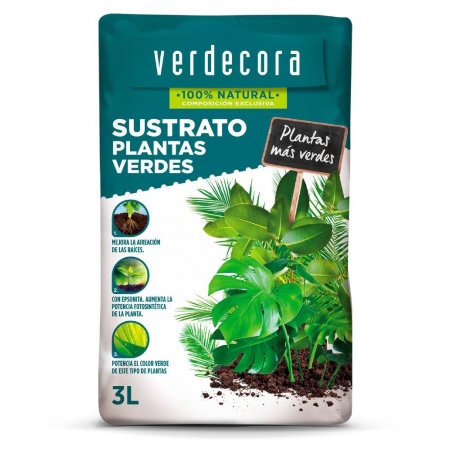
But be careful: just as important as using the correct substrate is renewing it from time to time, whether we are considering how to transplant a plant correctly or if our plant is mature and does not need more transplants.
4. Aerate the soil from time to time
Fundamental! And not only in outdoor plants, exposed to cold and frost. We will also have to consider this task in indoor plants, since the action of irrigation can weigh down the substrate.
Far from being something complicated, aerating the land can be done easily with a rake and in a superficial way. With this action, on the one hand we will be loosening the soil: something that will favor the absorption of water and nutrients, and will allow our plants to maintain their good health. But it is not the only objective: thanks to this raking, we will also be eliminating the insects that have been able to nest and grow on the surface of the earth.
5. Use preventive and treatment products with natural ingredients
Although we only remember plant pests when they have already appeared and treat them with specific insecticides, using preventive products is a wonderful way to avoid them. Thanks to them, we will be stimulating the natural resistance of plants against those annoying visitors that can compromise their health.
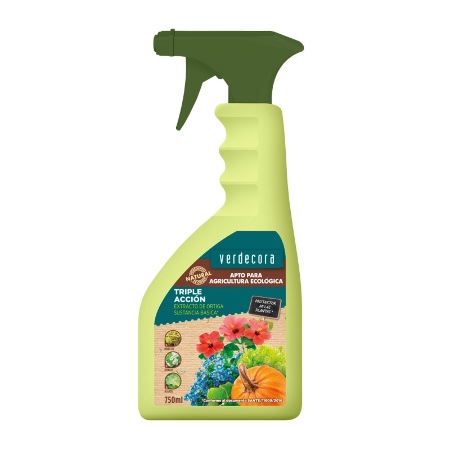
And yes: although preventing and combating pests in plants is essential for us, what if we bet on doing it in a more sustainable way with ecological products that minimize our impact on nature? A simple way to take care, too, of the world around us.
6. Ally with nature, a simple way to protect your plants
Without the hand of the human being interceding, nature has its own mechanisms to regulate and control pests. Some of which we can use to eliminate pests in plants naturally.
We are not only referring to using plants such as Calendula or Lavender to repel the appearance of these enemies that are part of our environment. We are also referring to knowing how to attract beneficial insects that will naturally fight against them. Something that we can achieve both by using plants that play the role of attracting them and discovering why having a hotel for insects in the garden, terrace or orchard.
7. Be regular with the subscriber according to the needs of each plant
The last point to protect plants from pests, but just as important or more! than the previous ones. As we said, a strong plant will present natural resistance to its enemies; and that it has the nutrients it demands is key to that much-needed strength.
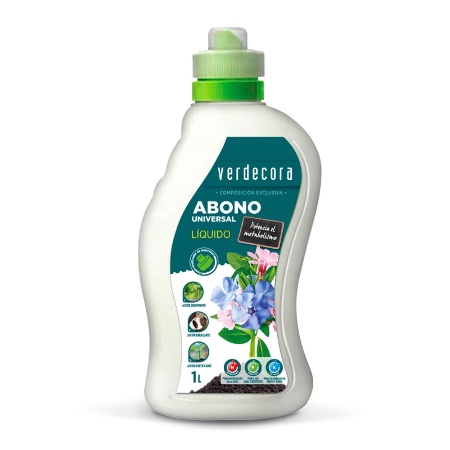
As with irrigation, in the case of fertilizers, an excess or deficiency can play against the health of our plant. A good reason to find out in detail what each of our plants needs, both in terms of the type of fertilizer and its schedule and time of application.
And remember: only by pampering your plants throughout the year will you be able to keep pests at bay. A task that will allow you to enjoy them without having to fight against nature itself.

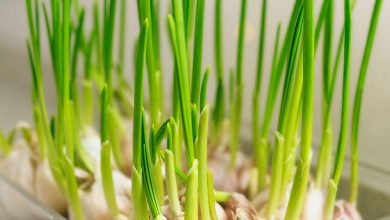
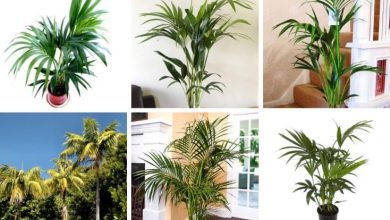
![Photo of Cinta Plant: [Cultivation, Irrigation, Associations, Pests and Diseases]](https://www.complete-gardening.com/wp-content/uploads/2022/08/cinta-plant-cultivation-irrigation-associations-pests-and-diseases.jpg)
